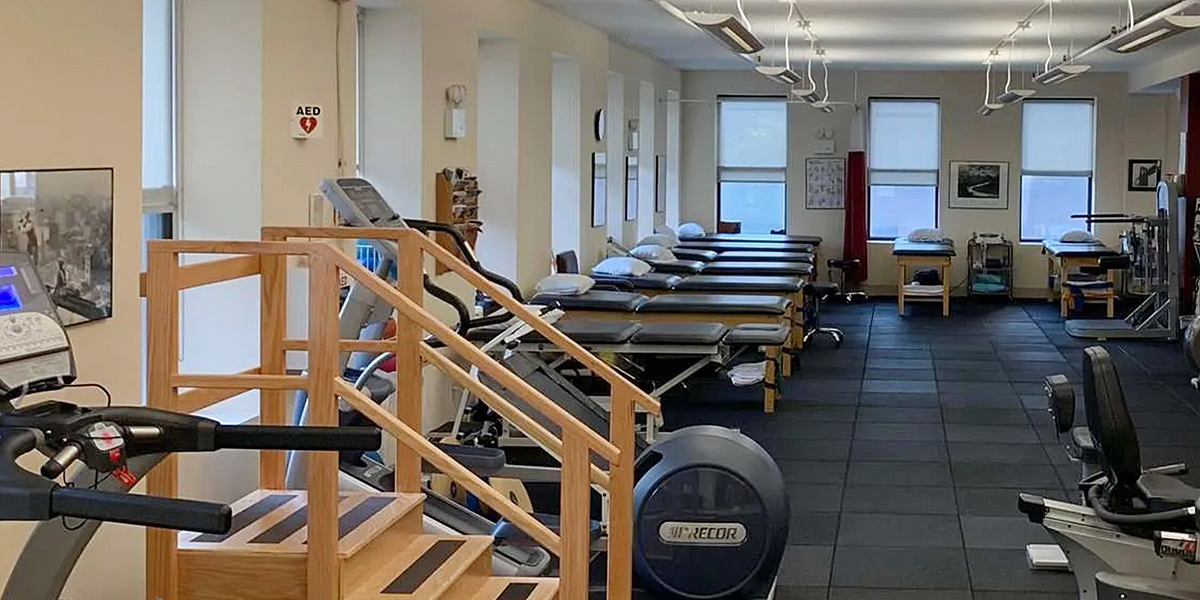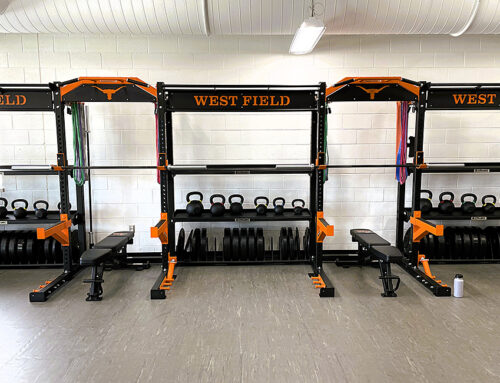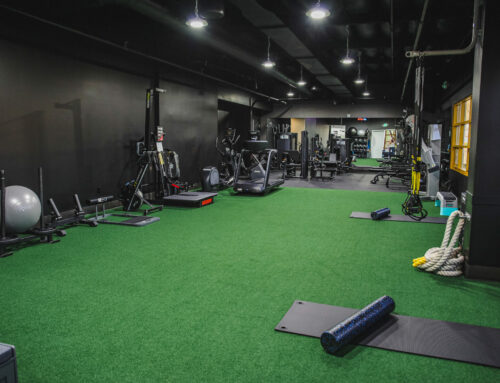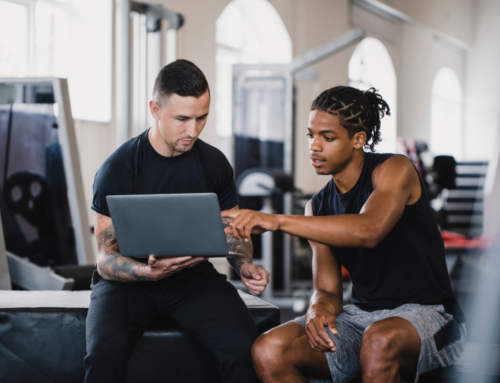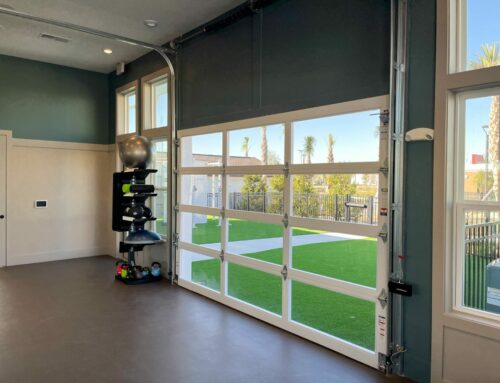Just like you wouldn’t want to join a gym with ancient equipment that is shabby or worn, a good physical therapy or medical clinic should offer state-of-the-art tools that offer patients the best in rehabilitation and injury-prevention.
We pride ourselves in being fitness equipment suppliers for:
- Physical & Occupational Therapy Clinics
- Chiropractic Clinics
- Sports Medicine Practices
- Senior Care Facilities & Clinics
At any of these types of medical clinics, it’s important to offer your patients fitness equipment and brands that promote recovery, tension release, strength, balance, coordination & flexibility.
Here are the 10 popular equipment pieces we frequently install in rehab clinics:
Bailey Treatment Tables – a sturdy and comfortable table is a must for every clinic. You want something that every patient will feel relaxed on as practitioners perform hands-on, manual therapy techniques.
Precor Treadmill – An essential tool to getting the blood flowing, many therapists utilize treadmills to gauge a patient’s range of motion, gait and posture.
Precor Stationary Bikes – a great, low-impact fitness tool that helps patients build strength and stay healthy. Riding an exercise bike also helps with flexibility and can help reduce pain symptoms, allowing many patients to keep active throughout their healing process.
TRX Suspension Trainer -Used for suspension training (all bodyweight training), it’s incredibly safe for all phases of rehabilitation and appropriate for people of any age group. The TRX allows patients to make exercise movements really simple or really challenging, depending on their personal condition and needs.
SciFit Recumbent Bike – Designed specifically with elderly patients and those recovering from injury in mind, these machines make exercise more enjoyable and beneficial through the use of a seated arrangement, taking unnecessary pressure off the joints, and making additional bodyweight and the impact of standing irrelevant.
Resistance Bands – Physical therapists use resistance bands to treat injuries in combination with other methods because of their adaptability in targeting a variety of major muscle groups. These small, thick rubber band-like tools allow patients to continually progress their exercises by upping the ante and adding more resistance, further challenging muscles without the added nuisance of additional weights.
Stability Ball – exercise balls are multi-functional, offering a range of difficulty levels depending on the stretch or exercise and the patient’s particular condition. Also great for stretching, exercise balls allow for injury rehabilitation of specific areas of the body.
Keiser Functional Trainer – The Keiser Functional Trainer uses pneumatic resistance, which requires muscles remain active throughout the entire movement with minimal shock to the joints. Unlike standard cable machines, the Keiser Functional Trainer allows testing and training for power output. When you do a repetition on the Keiser, it gives you a reading in Watts that indicates the rate at which your work was done (essentially the speed of your movements). This can be very valuable in physical therapy treatment, especially for athletes who perform frequent rotational movements such as golf and softball/baseball.
Allegro Pilates Reformer – low-impact and therefore very easy to adjust the intensity to match a patient’s condition (it has the ability to go from 25 to 75 pounds of resistance). In addition to being used for Pilates workouts, the reformer is something that is used frequently in physical therapy an is a super effective tool used to progress patients to more functional, weight-bearing exercises.
InBody Body Composition Analyzer – This machine can provide important data to help structure nutrition and training regimes to effectively meet a patient’s goals. The InBody provides objective data that can be used to measure over time to make sure that a doctor is focusing on the right elements during rehab and making things challenging enough to gain back muscle. Rehab-wise, the limb segmental breakdown (right arm vs. left arm, right leg vs. left leg) is extremely helpful. If a patient has an injured leg, especially if it’s chronic, then there’s likely going to be some changes there in terms of muscle mass.


